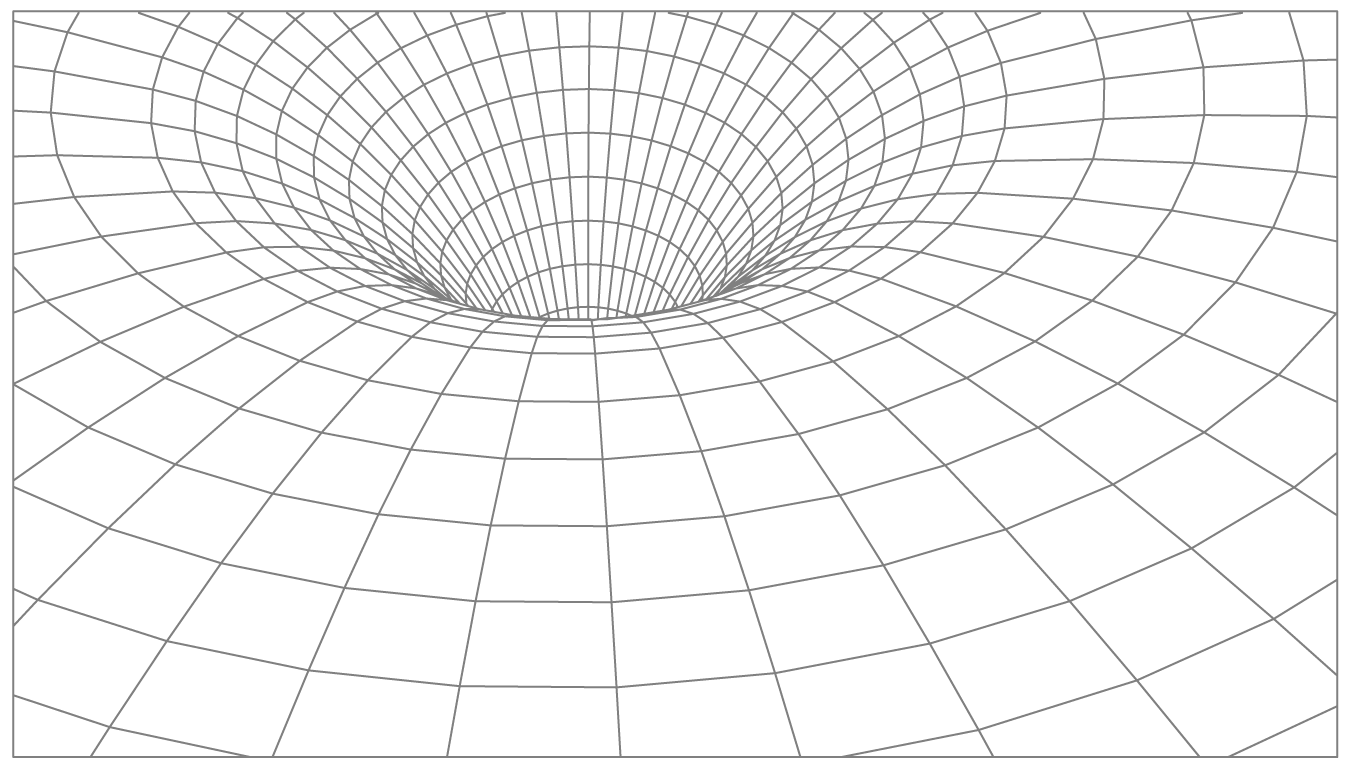Cosmic Dawn
A new image of a supernova remnant from the James Webb Space Telescope was captured by a team that included UT’s Craig Wheeler.
By Marc Airhart.
IN ITS FIRST YEAR, the James Webb Space Telescope brought jaw-droppingly beautiful images from our universe’s outposts. It also brought astounding new insights into how that universe works. Many of the most surprising findings to date have come from researchers at The University of Texas at Austin. Though they make up only about one-tenth of 1% of the world’s astronomers, UT scientists secured one-tenth of all of the competitively available observing time in the first year of this powerful new space telescope. This allowed for high-impact science no place could match. From some of the earliest-ever-detected galaxies to findings that may upend standard models of cosmology, UT Austin discoveries involving JWST have made waves.
Before last year, the earliest known galaxy ever discovered had been found in data from the Hubble Space Telescope and dated to around 400 million years after the Big Bang. But in summer 2022, soon after the world first glimpsed its first JWST images, Texas astronomers reported the discovery of Maisie’s galaxy – so-named for the school-aged daughter of UT Austin professor Steve Finkelstein, a leader in the JWST project called the Cosmic Evolution Early Release Science Survey, or CEERS.
In March 2023, Finkelstein’s team confirmed the age of Maisie’s galaxy – about 390 million years after the Big Bang. They also reported having identified several other candidate galaxies that could be from even earlier in the history of the universe.
Soon after, a UT Austin astronomer working with Finkelstein, 2023 Ph.D. graduate Rebecca Larson, also discovered the earliest known black hole. Dated to about 570 million years after the Big Bang, this supermassive black hole is estimated to have a mass about 9 million times that of our sun. Despite that, it exists at the center of a baby galaxy. As a result, the researchers suspect there are more black holes at earlier times than ever expected still to be found.
“If the masses are right, then we are in uncharted territory.”
Faraway stellar bars
Other new JWST images from the CEERS team revealed incredible galaxies with stellar bars – elongated features where stars stretch from a galaxy’s center into its outer disks. If that shape sounds familiar that may be because our own galaxy, the Milky Way, is a barred spiral galaxy. Bars play an important role in modern galaxy evolution, funneling gas into the central regions, boosting star formation and helping to grow supermassive black holes. What makes the newly discovered galaxies so surprising is that they are from a time when the universe was a mere 25% of its present age – so early that scientists may need to refine their theories of galaxy evolution based on the findings.
“The bars hardly visible in Hubble data just popped out in the JWST image,” observed Shardha Jogee, professor of astronomy, who, with her graduate student Yuchen Gao and a team that included UT undergraduate researchers, led the analysis.
This is just one example of how the new space telescope is testing theoretical limits. According to calculations by another UT Austin astronomer Michael Boylan-Kolchin, if some of the galaxies observed by JWST are as big and as early as initial estimates say, it would seem to signal that all available matter in the universe at the time of their formation got turned into stars found in these galaxies. That’s pretty unbelievable, but his study, and other discoveries of galaxies seemingly too big too early, suggest that the standard model of cosmology, called “dark energy + cold dark matter,” might need an overhaul.
“If the masses are right, then we are in uncharted territory,” Boylan-Kolchin said. “We’ll require something very new…One of the most extreme possibilities is that the universe was expanding faster shortly after the Big Bang than we predict, which might require new forces and particles.”
Are dark stars real?
More than two decades ago, UT Austin physicist Katie Freese proposed that the first stars to form in the universe may have been very different from normal stars like our sun. Instead of being powered by fusion energy, these “dark stars,” Freese theorized, would have been powered by dark matter particles colliding with each other and annihilating.
Now, JWST has revealed the first three candidate dark stars, according to early research reports. The findings still need to be confirmed with follow-up observations, but if they pan out, scientists would have new information about one of the most mysterious forces in the universe, dark matter. Although it makes up nearly 30% of the universe, the nature of dark matter has eluded scientists. Only some theories would allow for the production of dark stars, however, so if dark stars are soon proven, cosmologists would have valuable new clues into what dark matter is and isn’t.
“Discovering a new type of star is pretty interesting all by itself, but discovering it’s dark matter that’s powering this – that would be huge,” said Freese
Other mysteries are enormous distant galaxies, long obscured by dust, in the early universe. UT Austin astronomer Caitlin Casey is co-leading the largest project on JWST, the COSMOS-Web project, which is finding indications of such galaxies in an early universe dustier than previously believed possible. And – you guessed it! – this, too, means prevailing models of how galaxies and the universe evolved may need revisiting. One of the dusty star-forming giant galaxies, dated at about a billion years after the Big Bang and discovered by Casey and her colleagues, has now been confirmed. A slew of similar candidate galaxies may also be confirmed soon.
Many more breakthroughs await the research team – and all of us awe-struck Earthlings, looking ahead for years to come and learning from the new space telescope that is changing our calculus of the cosmos.






